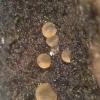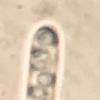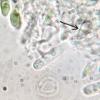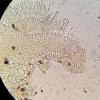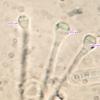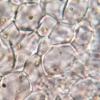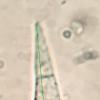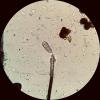
22-12-2025 00:47
Patrice TANCHAUDBonsoir, récolte à proximité du milieu dunaire

21-12-2025 21:32
Pol DebaenstHello, Garden, Burgweg 19, Veurne, BelgiumOn 10/1

21-12-2025 21:40
Isabelle CharissouBonjour, j'aimerais connaitre les références de

21-12-2025 21:31
Pol DebaenstHello, Garden, Burgweg 19, Veurne, BelgiumOn 10/1

21-12-2025 21:31
Pol DebaenstHello, Garden, Burgweg 19, Veurne, BelgiumOn 10/1

20-12-2025 23:08
Patrice TANCHAUDBonsoir, récolte sur sol sablonneux dans l'arri�

21-12-2025 09:32
Hello.A tiny ascomycete found embedded in wood in

20-12-2025 15:47
Mirek GrycHi.These grew on pine wood that was heavily covere
I having a hard time identifying this Orbilia, so obviously this query is directed to Zotto, and I hope I can provide enough detail to get a identification.
Last weekend in upstate New York I was handed a piece of well rotted hardwood with a scattering of orange to pale orange-yellow or slightly orange-rose Orbilia fruiting bodies. There doesn't appear to be any margin.
Spores are small, ellipsoid, occasionally with one acute end. At first my interpretation of the spore body (given the poor optics of my current microscope) was lens shaped. But I don't think that is correct. SBs are more likely sub globose. Spore measurements: 2.3-2.4 x 1.5-1.7µm. The SB 0.5-1.0µm (the distortions of my optics may make the measurements a bit unreliable).
Asci sometimes truncate, h-shaped at the base, 22-33.5 x 3.0-3.6µm. The spores in the asci are sometimes arranged with the SBs facing laterally.
Paraphyses often capitate, the width reaching 3µm. Some refractive material at the apex.
Conidiospores. Here is part of my difficulty. This collection was rife with additional spore types which I am not always able to identify or accurately assign to the teleomorph. I have provided some images of some of th candidates. I even noticed one in a the 4th photo of an ascus.
My initial impression is that this could be Orbilia cejpii.
As always, thanks for the help!
Ethan


